Two Sides survey flags up packaging wins and losses
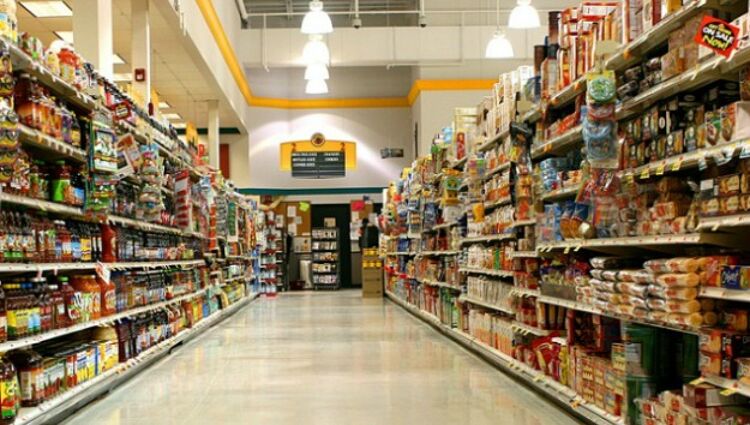
Paper and cardboard packaging comes out on top for environmental-friendliness in a new consumer survey conducted for Two Sides by research agency Toluna.
In the midst of heated discussions about packaging, avoidable plastic waste and a move towards a circular economy, a snap poll, conducted by Two Sides and international research agency Toluna, has revealed a strong preference for paper & cardboard packaging amongst UK consumers.
A nationally-representative survey of 500 UK adults found paper and cardboard to be the most preferred packaging material for environmental-friendliness, recyclability and practicality.
Respondents were asked which packaging material (glass, metal, paper and cardboard, or plastic) they prefer based on a number of different reasons. Paper and cardboard received the highest score for being; better for the environment and easier to recycle and, in terms of practicality, easier to open and close, easier to store, lighter weight, more practical, and safer to use.
Consumers also appreciate paper and cardboard packaging’s unique environmental qualities:
- 78% like paper and cardboard packaging because it is biodegradable
- 73% believe paper and cardboard packaging makes good use of recycled materials
- 64% like paper and cardboard packaging because it is made from renewable wood fibre
Martyn Eustace, Managing Director of Two Sides, says;
“In the current packaging climate, it is great to see paper and cardboard packaging recognised by consumers for its excellent environmental attributes.
Not only does paper & cardboard packaging have an exceptionally high utilisation rate of recycled fibres, it is also the most recycled packaging material in Europe, at 83%.
Consumers can also be confident knowing that European forests, which provide much of the virgin fibre used for making paper and cardboard packaging, have grown by an area the size of Switzerland in just 10 years – that’s equivalent to over 1,500 football pitches every day!”
The survey also revealed significant consumer concerns about packaging in general. 85% believe packaging is a significant source of litter, 84% believe over-packaging is a problem, and 71% believe packaging is bad for the environment. Coffee cups, plastic bottles, chocolate bar wrappers, crisp packets and take-away packaging were all perceived to be the most significant causes litter.
Paper and cardboard packaging is durable, renewable and recyclable and will be an essential material as we move towards a regenerative, circular economy, as outlined in the UK Government’s 25 Year Environment Plan.
Topics
Interested in joining our community?
Enquire today about joining your local FESPA Association or FESPA Direct
Recent news
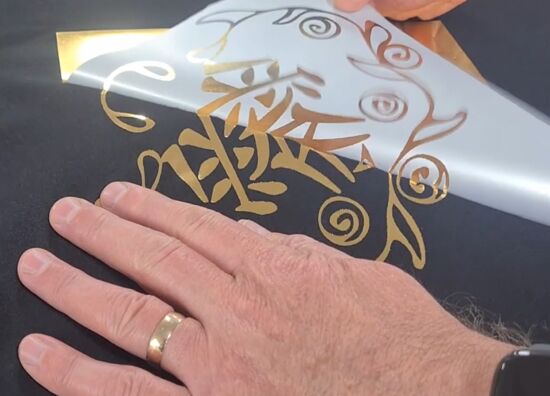
Special Effects in DTF Will Make Your “Prints” More Memorable
The DTF market is expanding with new vendors and innovations like multi-head printers enabling diverse ink options (spot, neon). Decorative films offer streamlined special effects. Keypoint Intelligence tested metallic and glitter films, noting varied ease of use and wash durability. New technology using adhesive and foil directly promises further creative advancements in DTF.
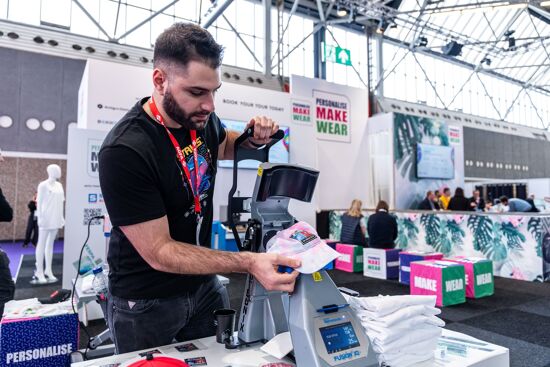
SmartHub – Expectations, opportunities and why you should attend!
The SmartHub at Personalisation Experience 2025 in Berlin will showcase personalisation and smart production opportunities across industries like textiles. Featuring a Smart Factory Trail with brands like Inkcups and Trotec, and a conference with experts discussing AI, mass customisation, and profit strategies, it offers insights into reducing waste and boosting efficiency through digital methods. Panel sessions will explore growth, automation in textiles, and smart manufacturing.
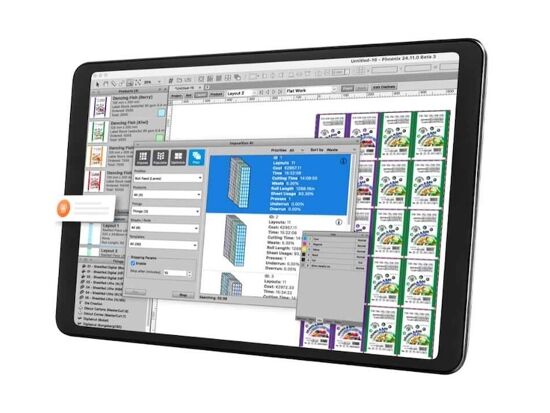
How is AI revolutionising Large Format Print?
Nessan Clearly discusses how AI in print relies on data pattern matching, already enhancing software for large format providers. He predicts that this will result in increased AI integration in workflow planning, job queue management, colour correction, image upscaling, and predictive maintenance via sensors and vision systems, ultimately streamlining operations and offering greater flexibility.
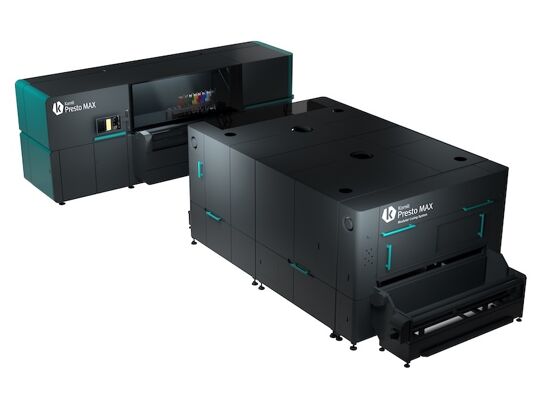
One Ink for All? Exploring Pigment in Textile Printing
Digital textile printing faces complexity due to diverse substrates requiring specific inks. The industry seeks a universal ink, with pigment ink showing potential. While traditionally for natural fibres, advancements aim to broaden its application, simplify processes by reducing pre/post-treatment, and improve sustainability, though challenges like hand feel on garments remain.